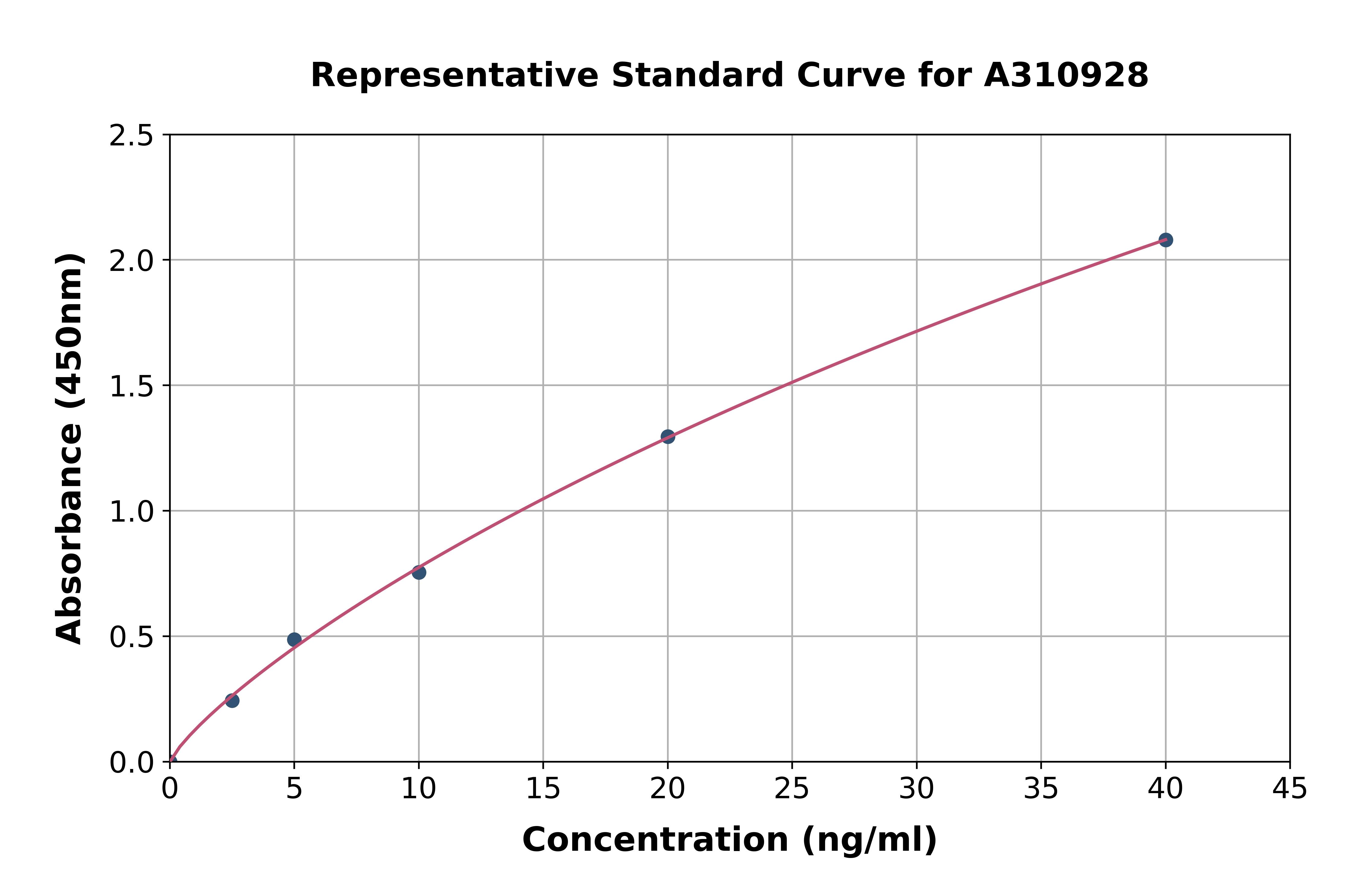Isocitrate Dehydrogenase Assay Kit
ARG82035
Product group Assays
Overview
- SupplierArigo Biolaboratories
- Product NameIsocitrate Dehydrogenase Assay Kit
- Delivery Days Customer23
- ApplicationsFunctional Assay
- Assay Detection Range0.2 - 20 mmol/l
- Assay Sensitivity0.2 mmol/l
- Assay Time40 min
- CertificationResearch Use Only
- Scientific DescriptionIsocitrate dehydrogenases catalyze the oxidative decarboxylation of isocitrate to 2-oxoglutarate. These enzymes belong to two distinct subclasses, one of which utilizes NAD(+) as the electron acceptor and the other NADP(+). Five isocitrate dehydrogenases have been reported: three NAD(+)-dependent isocitrate dehydrogenases, which localize to the mitochondrial matrix, and two NADP(+)-dependent isocitrate dehydrogenases, one of which is mitochondrial and the other predominantly cytosolic. Each NADP(+)-dependent isozyme is a homodimer. The protein encoded by this gene is the NADP(+)-dependent isocitrate dehydrogenase found in the cytoplasm and peroxisomes. It contains the PTS-1 peroxisomal targeting signal sequence. The presence of this enzyme in peroxisomes suggests roles in the regeneration of NADPH for intraperoxisomal reductions, such as the conversion of 2, 4-dienoyl-CoAs to 3-enoyl-CoAs, as well as in peroxisomal reactions that consume 2-oxoglutarate, namely the alpha-hydroxylation of phytanic acid. The cytoplasmic enzyme serves a significant role in cytoplasmic NADPH production. Alternatively spliced transcript variants encoding the same protein have been found for this gene. [provided by RefSeq, Sep 2013]
- Storage Instruction2°C to 8°C,-20°C
- UNSPSC41116133





